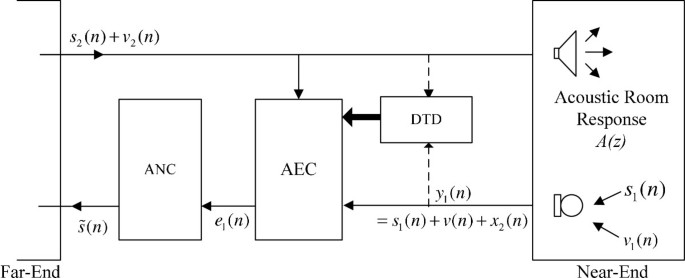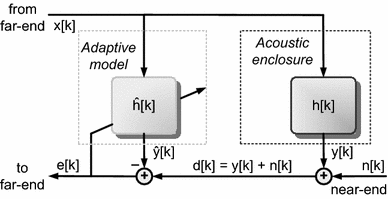

The sound level will increase until the output starts clipping, reducing the loop gain to exactly unity. Sound will be produced without anyone actually playing.

If the small-signal gain is greater than 1 for some frequency then the system will start to oscillate at that frequency because noise at that frequency will be amplified. The conditions for feedback follow the Barkhausen stability criterion, namely that, with sufficiently high gain, a stable oscillation can (and usually will) occur in a feedback loop whose frequency is such that the phase delay is an integer multiple of 360 degrees and the gain at that frequency is equal to 1. 2.2 Introductions, transitions, and fade-outs.Jimi Hendrix was an innovator in the intentional use of guitar feedback, alongside effects units such as the Univibe and wah-wah pedal in his guitar solos to create unique sound effects and musical sounds. The sound of guitar feedback is considered to be a desirable musical effect in heavy metal music, hardcore punk and grunge.

On the other hand, since the 1960s, electric guitar players in rock music bands using loud guitar amplifiers, speaker cabinets and distortion effects have intentionally created guitar feedback to create different sounds including long sustained tones that cannot be produced using standard playing techniques. Audio engineers typically use directional microphones with cardioid pickup patterns and various electronic devices, such as equalizers and, since the 1990s, automatic feedback detection devices, to prevent these unwanted squeals or screeching sounds, which detract from the audience's enjoyment of the event and may damage equipment. The principles of audio feedback were first discovered by Danish scientist Søren Absalon Larsen, hence the name Larsen effect.įeedback is almost always considered undesirable when it occurs with a singer's or public speaker's microphone at an event using a sound reinforcement system or PA system. For small PA systems the sound is readily recognized as a loud squeal or screech. The frequency of the resulting sound is determined by resonance frequencies in the microphone, amplifier, and loudspeaker, the acoustics of the room, the directional pick-up and emission patterns of the microphone and loudspeaker, and the distance between them. The sound from the loudspeaker can then be received by the microphone again, amplified further, and then passed out through the loudspeaker again. In this example, a signal received by the microphone is amplified and passed out of the loudspeaker. : 118Īudio feedback (also known as acoustic feedback, simply as feedback, or the Larsen effect) is a special kind of positive loop gain which occurs when a sound loop exists between an audio input (for example, a microphone or guitar pickup) and an audio output (for example, a power amplified loudspeaker). Block diagram of the signal-flow for a common feedback loop.


 0 kommentar(er)
0 kommentar(er)
